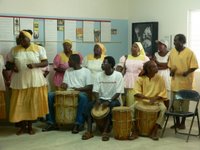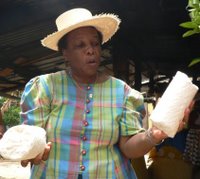Site Assignment
The long awaited site assignments were revealed today. I am going to be in Belize City and will be working with the Belize Audubon Society (BAS) as a Programme Development Officer.
Belize Audubon Society is the oldest and largest conservation NGO in Belize. Through their mission BAS is "dedicated to the sustainable management of our natural resources through leadership and strategic partnerships with stakeholders in order to create a balance between people and the environment. " In collaboration with the Forest Department, BAS manages nine protected areas throughout Belize.
While Belize Audubon Society has worked with Peace Corps before, I will be their first Peace Corps Volunteer. The primary opportunities outlined for this project are to provide environmental education and community outreach support to BAS programs, parks, and communities through development of activities for kids' corner, developing education materials, implementing outreach activities to communities, the general public, schools, and BAS members. BAS also needs assistance with the development and writing of proposals for grants to support their work. I am very excited to have the opportunity to work Belize Audubon Society to say the least.











